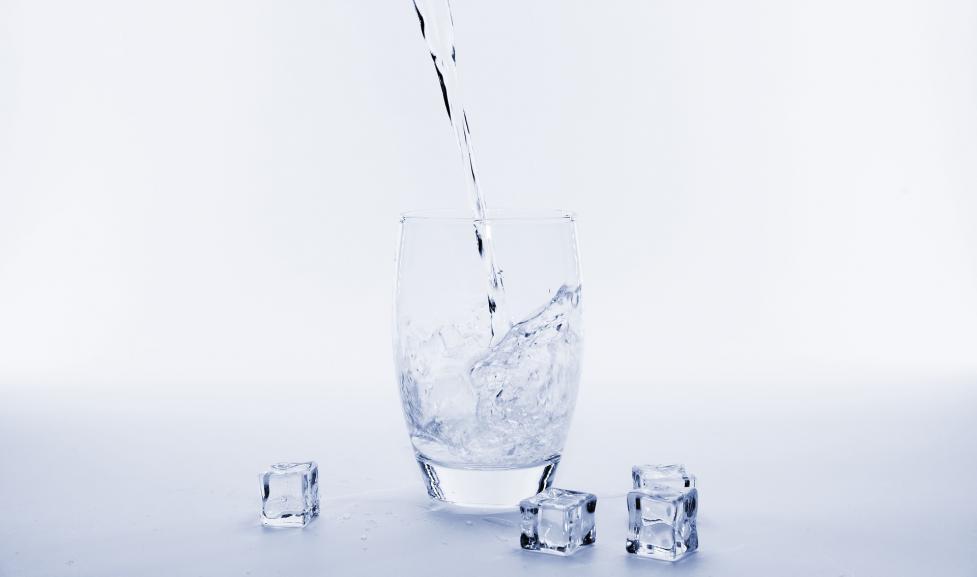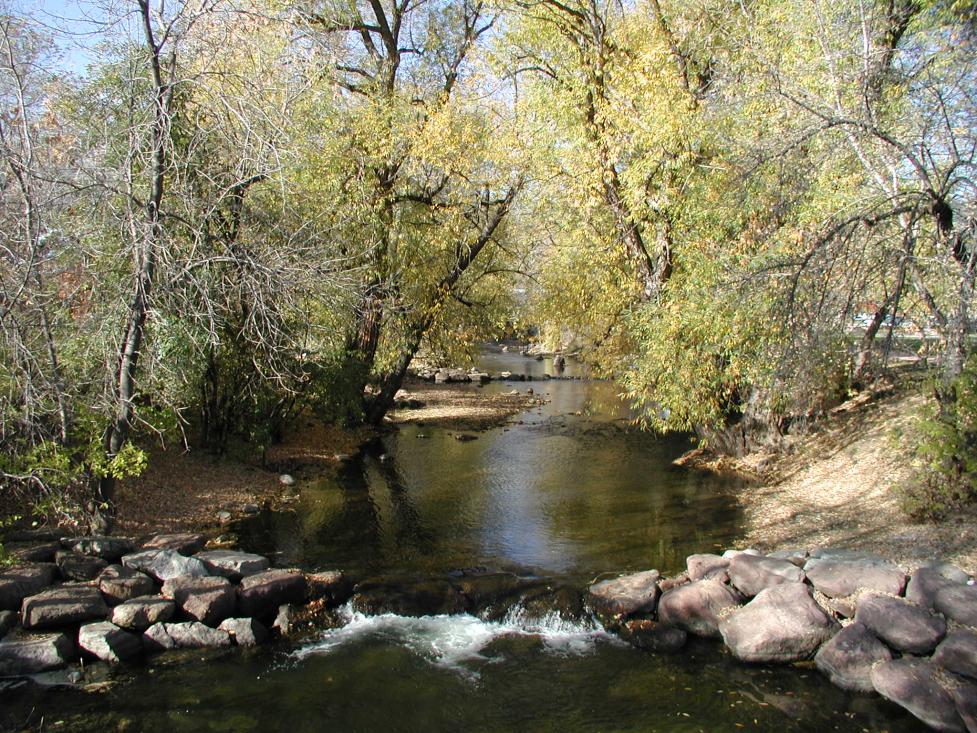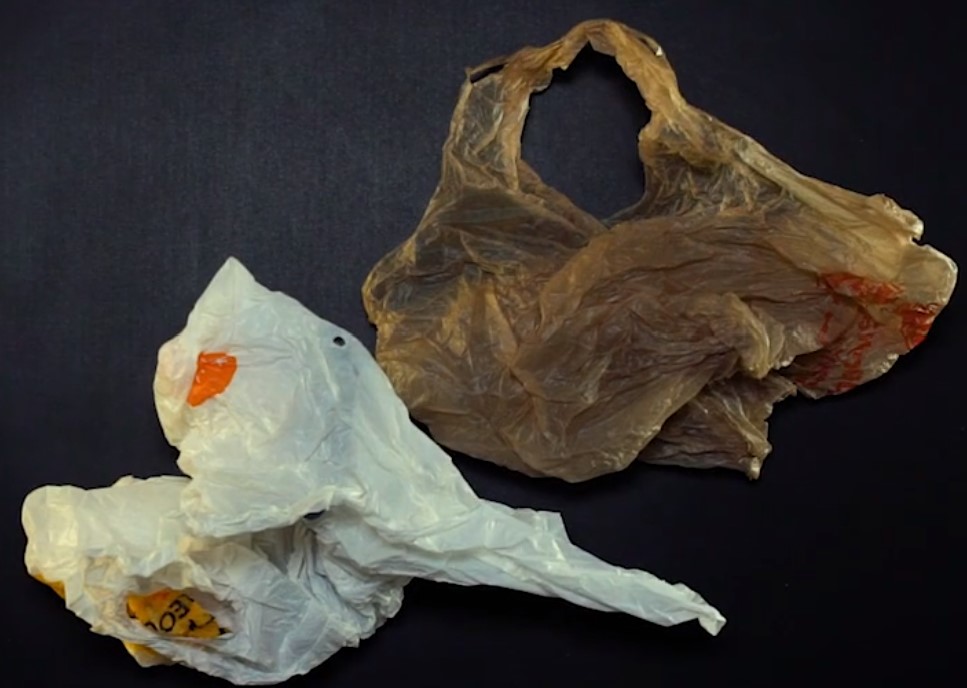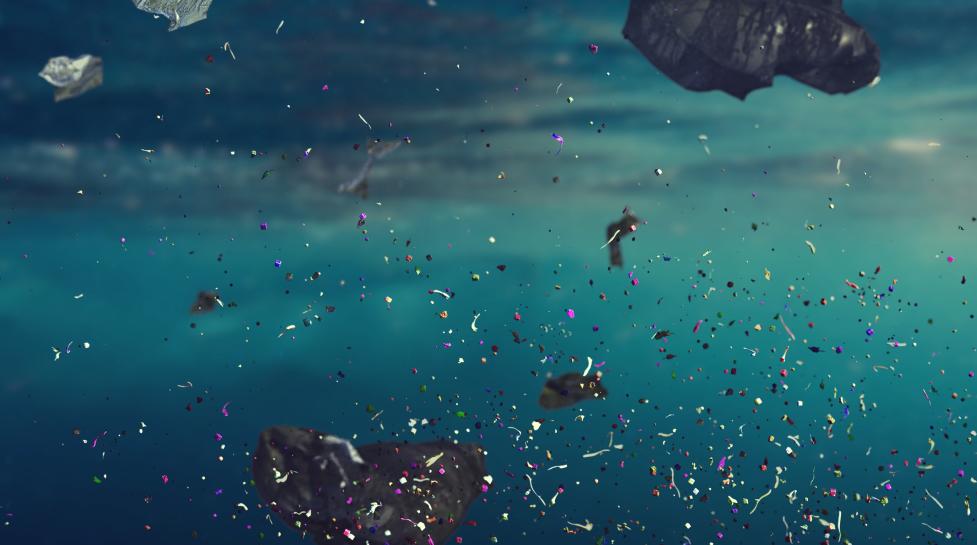You may be hearing the term “microplastics” more and more these days. What exactly are microplastics and should we be concerned with them in Boulder’s water?
Microplastics 101
Microplastics are very small pieces of plastic that come from the breakdown of consumer products and industrial waste. Research suggests that microplastics are prevalent in many places, including Colorado. They are not regulated by the federal government, and there is no universal definition of their size.
Microplastics and Boulder
The City of Boulder has been part of a multi-city collaborative since 2009 to analyze source water and drinking water for more than 150 compounds of emerging concern. As part of this collaborative, the city sampled treated water for microplastics and found none.

Research suggests that microplastics are removed during the water treatment process. No microplastics were found in Boulder’s drinking water when it was tested in 2019. The city consistently provides high-quality drinking water that meets water regulations, and our water sampling program goes above and beyond requirements.
Boulder gets its water from three different sources, which are upstream from many urban impacts. While microplastics have been found in remote places, in general they are more prevalent in places that have been impacted by humans.

Microplastics and PFAS
You may have also been hearing a lot about PFAS recently. PFAS, short for per- and polyfluoroalkyl substances, are manufactured chemicals used by industry and in consumer products since the 1940s. Some microplastics contain PFAS. In 2023, the city proactively participated in a state-sponsored program to test for PFAS in drinking water and found no detections of PFAS compounds.
Dive Deeper
One way to help prevent microplastics is to curb the use of single-use plastics. Single-use plastics are plastic items designed to be used only once before they are thrown away. Common examples include plastic bags, food wrappers, bottles, cups, condiment packets and straws. These one-and-done plastics have severe, long-lasting environmental impacts, despite only being used for a few moments. Learn more about how to get started.

Read more about drinking water quality in the City of Boulder and where its water comes from.
